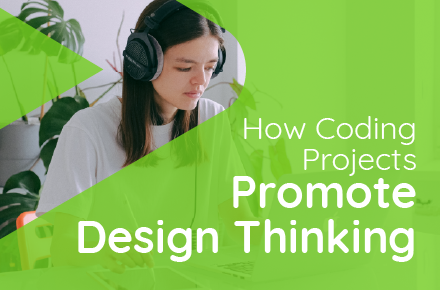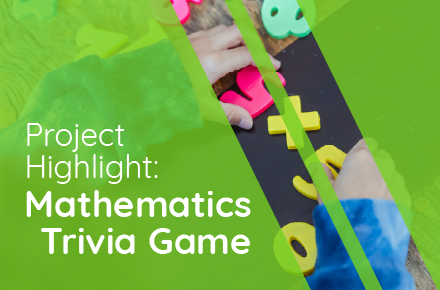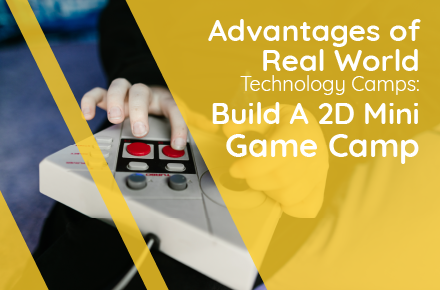When it comes to Technology Education at BSD, we hope to inspire students to create with technology and highlight the importance of developing solutions that solve real-world problems. Making any new technology should be rooted in a solid purpose to help people. We emphasize this by weaving technology education projects into all subjects and infusing them with Design Thinking skills.
Design Thinking is a process for solving problems creatively. The three core pillars of Design Thinking are:
- Empathy — Understanding the needs of those you’re designing for.
- Ideation — Generating a lot of ideas. While brainstorming is one technique, there are many others.
- Experimentation — Testing those ideas with prototyping.
Design Thinking helps capture people’s needs, possibilities, and ideas for an advanced human-centered solution or product.
Let’s see how we prepare students on their Design Thinking skills via BSD programs of learning.
All of our courses end with creating a project for a specific use. This motivates students to learn about their end-users, their demographics, and how they will use the project efficiently. This helps foster students’ empathy – starting the process of Design Thinking.
After understanding the end-users, students will start to code their projects. Students learn the basics of coding and other coding topics, depending on the topic and level of the course. Based on the requirements of the project, students may learn additional technical skills like designing characters or logos, understand color theory or branding, or even writing copy for their project.
Moreover, students should share and test their prototypes with their peers and, if possible, with some end users using an automated URL or QR code. This helps them get real-time feedback and adjust their project based on the response.
For instance, students must share their games with their classmates for testing and feedback in our Game Development course. Based on feedback, students may add new challenges, stages, characters, update the scoring system, or rewrite the gameplay.
As in any game, the experience of the users is key to its success. So, while their peers are trying the game, they are asked to observe how it’s being played and request feedback.
Students will then need to consider the feedback they receive and learn to exercise their judgment as to what will ultimately be a compromise between the features they like versus the feedback they have received on what the users want.
Finally, based on the observations and peer feedback, students can determine how they can continue to improve their projects to test them again. However, this testing and feedback cycle is not limited to a single cycle. Instead, it’s repeated as often as needed to make the game perfect – emulating the Design Thinking process of prototyping -> testing -> tweaking -> testing. This is excellent preparation for their lives as a whole and an excellent exercise in giving and receiving feedback.
With technology becoming ubiquitous, it is an increasing and urgent responsibility to teach our students that technology is not the solution to problems but tools people use to solve problems. Therefore, to effectively solve problems, technologies should be built to keep the people using them at the center; employing Design Thinking skills helps achieve precisely this.













